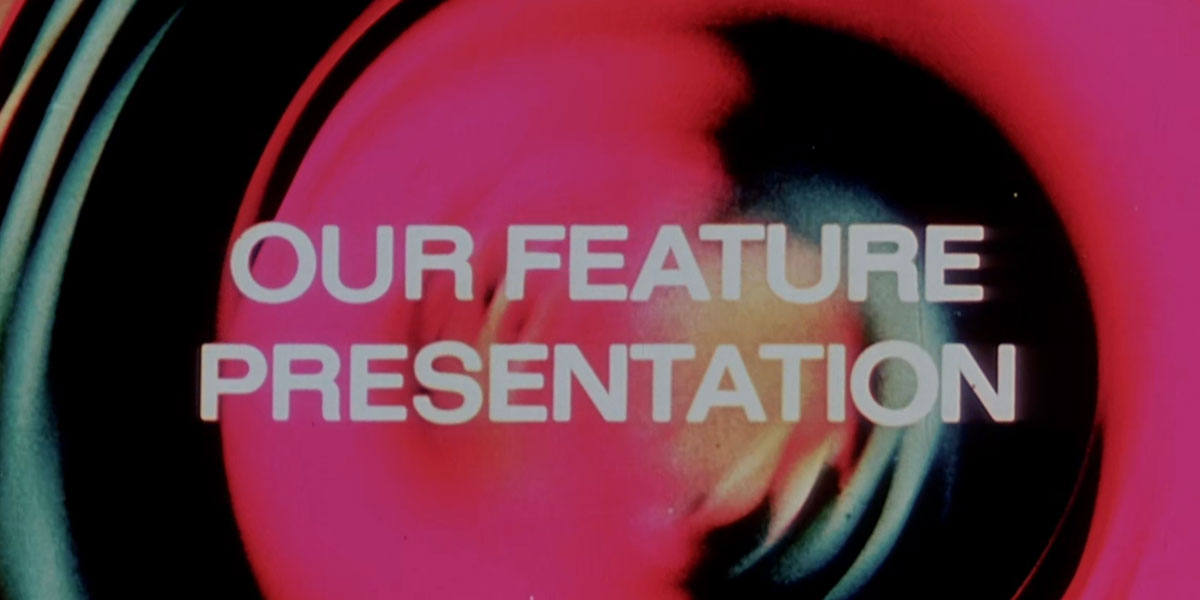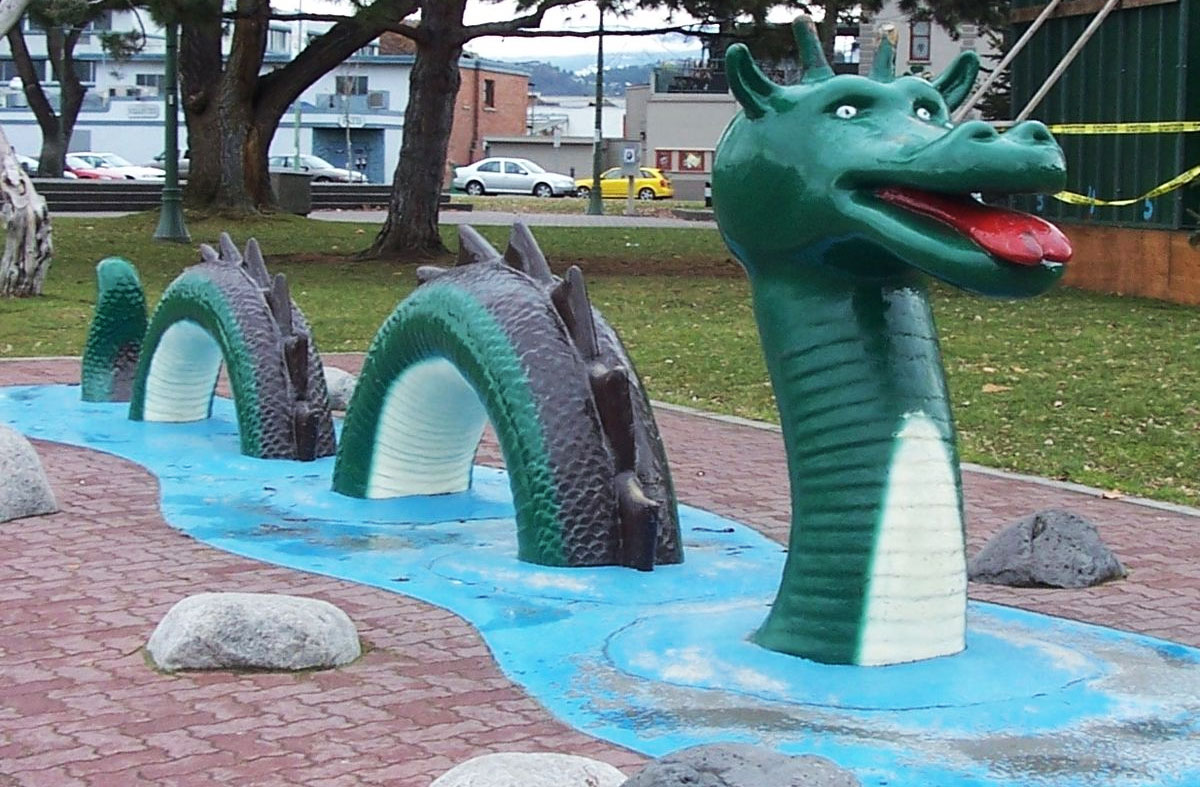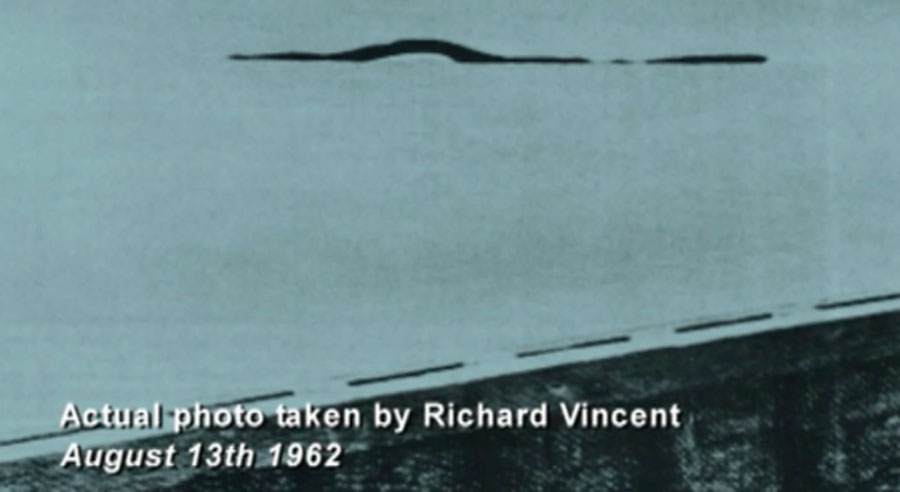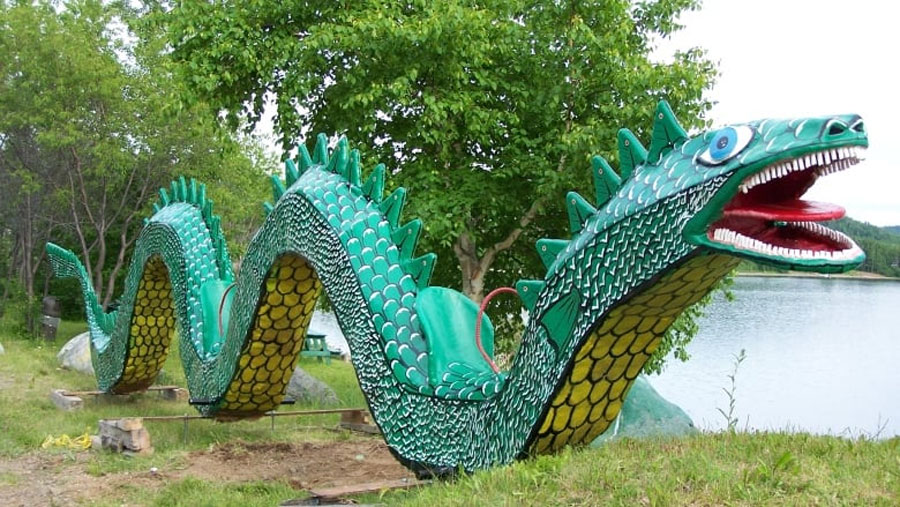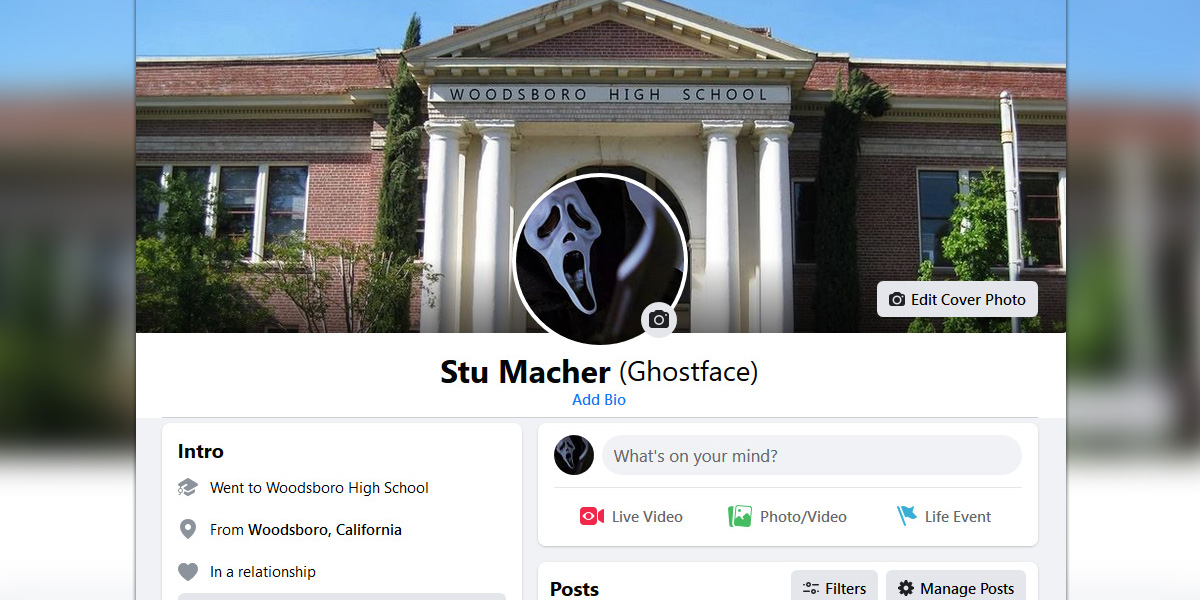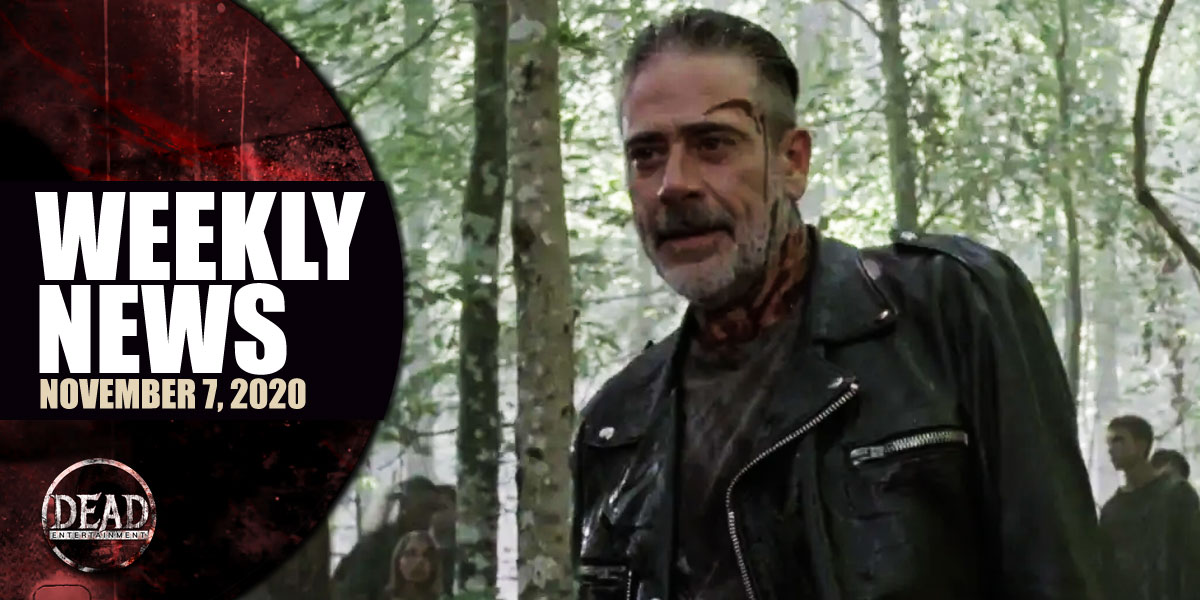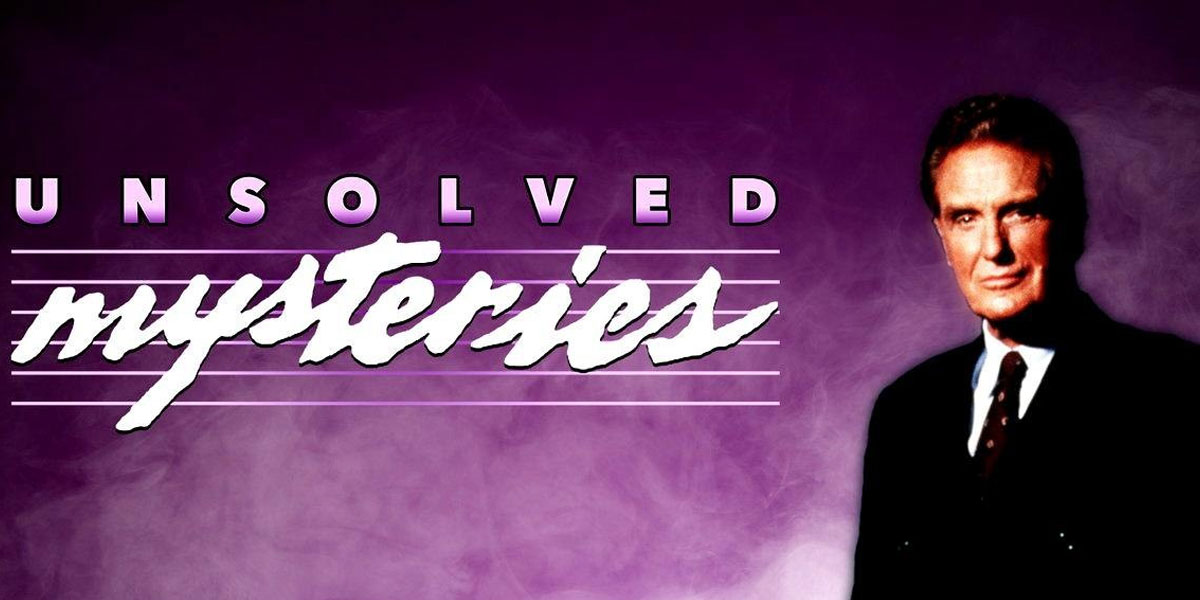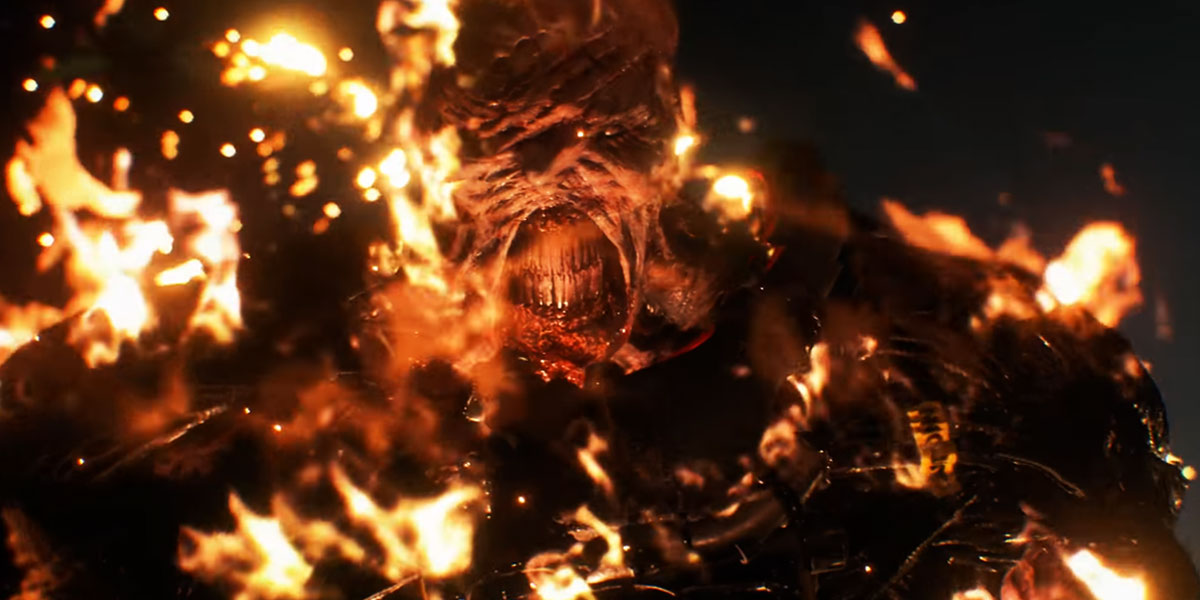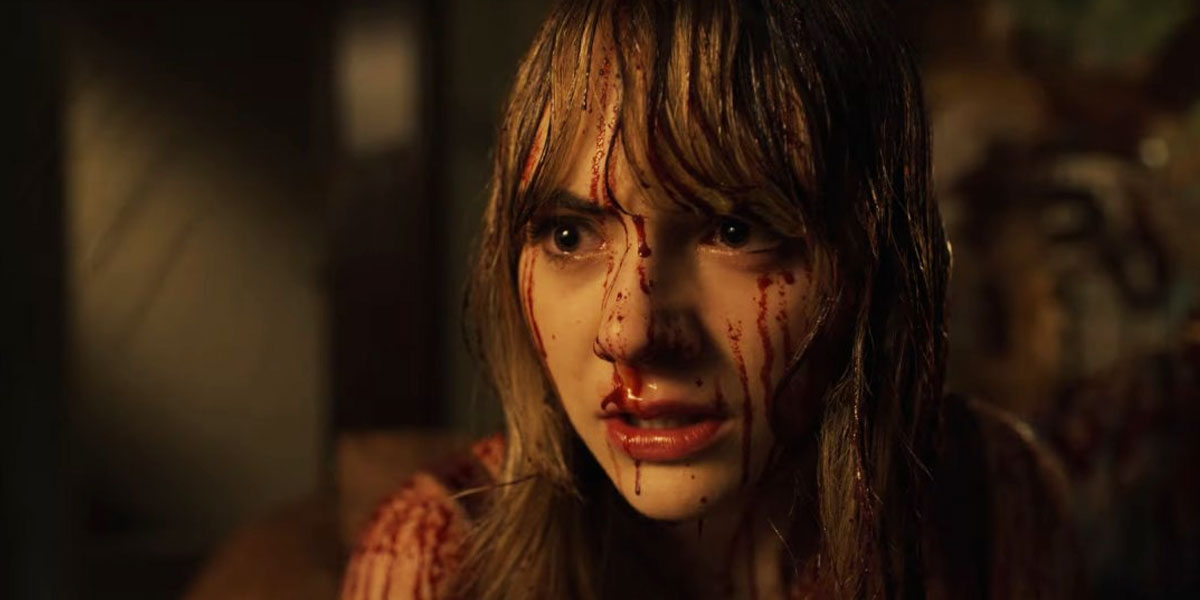Exploring Canada’s Urban Legends: Lake Monsters
What could be lurking in Canada’s waters?
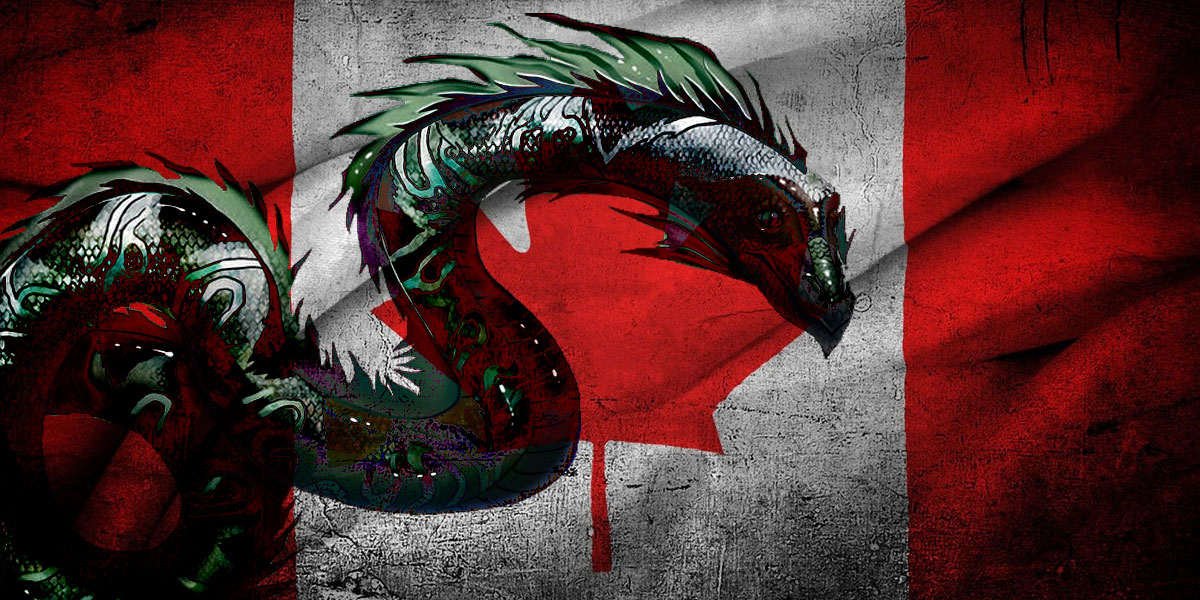
As we prepare to celebrate Canada’s birthday, what better time is there to reflect on everything this great country has provided us? Take, for instance, four wonderful seasons that at times occur simultaneously; when you leave home in a parka and come home in shorts. This is a place where colorful bills have been traded in for loonies and toonies; where you can put on skates and a touque, grab a beer, and play hockey on homemade backyard rinks.
We’ve blessed the world with such musical acts as Rush, Neil Young, The Guess Who, The Tragically Hip, Joni Mitchell, and Nickelback (OK, we apologize for the latter). But just when you thought we were all about Timbits and poutine, numerous sightings of strange lake monsters have been enticing explorers of the unknown to our provinces and territories in search of those elusive urban legends.
For last year's holiday, you may recall our article showcasing some of Canada’s contributions to the horror genre, via the films, actors, and producers who have helped include Canada in the competitive world of horror movie-making. This Canada Day, let’s venture out of the studios and into areas that may be a little less known to some. The premise that parts of our country may be home to strange inhabitants swimming in our lakes contributes to the intrigue that resulted in the creation of such shows as Creepy Canada, Are You Afraid of the Dark?, and Haunted Canada.
Presumably, one of the most famous and beloved lake monsters first appeared in 1933. The Loch Ness monster, or affectionately known as Nessie, has appeared in films, folklore, and children’s fables, and still draws visitors to the Scottish Highlands to this day. Fortunately, you don’t need to travel to Scotland in an attempt to encounter their cryptid when some of our very own provinces claim to be home to some well-known, sought-after lake monsters.
Ogopogo, or Oggy, has called Okanagan Lake in British Columbia its home since the first reported sighting in 1872. Rumors have it that Oggy was a water demon that early settlers would sacrifice small animals to in order to cross the lake safely. More sightings began to happen in the late ‘60s and soon Greenpeace demanded that the creature was to be caught, not killed. In the ‘80s, Ogopogo was declared an endangered species. With minimal grainy footage and many claims that what people were seeing could only be otters, the mystery behind the mythical beast still attracts visitors watching for the lake monster to pop his head out to smile for their cameras.
Travelling East, and described as Manitoba’s version of Oggy, Manipogo is between 4 to 15 meters long with a brown body and a head similar to a sheep. Tourists have claimed to have seen multiple manipogos since the 1800s. No bones or remains have been recovered from the lake, so one can’t say for certain that these monsters reside in Lake Manitoba or not. Either way, residents are certain that their lake is home to a thriving family of lake monsters and celebrate it by holding a Manipogo festival the first week of March each year.
Ontario also boasts reports that Lake Simcoe has an unidentified swimming beast, nicknamed Igopogo, or more commonly known as Kempenfelt Kelly. In contrast from other eel-like monsters, Igopogo is said to have almost a canine-shaped head, and some believe it is a Dobhar-chu, or water dog, as it’s known in Irish folklore. Very few photos have been taken of Igopogo, yet some observers claim they have watched the creature resting in the sun, giving evidence it may be able to breathe air.
Some folks travel to Quebec for its cuisine, snow festivals, and picturesque buildings, while others are drawn to the province in search of not one, but two lake monsters: Champ and Memphre. Rumored to be residing in Lake Champlain and Lake Memphremagog, respectively, these so-called lake monsters have been memorialized in stories, books, merchandise, and community celebrations.
[relatedArticle-0]Champ, who one could say is “co-owned” by neighboring Vermont, has had hundreds of sightings by people on both sides of the border. Much like Nessie, Champ’s photos and videos have been analyzed and scrutinized for authenticity. Abundant debate over whether he could be real or not hasn’t prevented laws from being established for his preservation. Yearly in Port Henry, NY, Champ Day celebrations happen every August. Additionally, Vermont’s Minor League baseball team is called the Vermont Lake Monsters with a smiling green monster as a mascot.
As early as 1800, documents claim that a lake monster was residing in Lake Memphremagog. Memphre is said to resemble Ogopogo and tourists and residents report as many as eight sightings a year of the covert water dweller. It has been described as being a 40-foot-long, multi-humped back water serpent. Numerous investigations have taken place, including divers lowering themselves to the bottom of Lake Memphremagog in search of teeth, bones, or any remains of the monster. Despite any solid evidence of Memphre existing, the Royal Canadian Mint immortalized the monster in 2011 by striking him in full color on our quarter.
Out on the East coast, not to be left out, is Cressie. Sightings since the 1950s suggest the eel-like monster resides in Crescent Lake in the town of Robert’s Arm, Newfoundland and Labrador. Similar to other monsters in this piece, it resembles an eel, fifteen feet in length with a sleek body. Feeding the fire of the lake monster legend, RCMP allegedly reported seeing “giant eels as thick as a man’s thigh” while investigating a drowning death. Naturally, some began to speculate they were, in fact, Cressie’s offspring. Unlike other lake monsters, there have not been any photos snapped of Cressie. Undeterred by photographic evidence, a statue of Cressie has been erected to greet visitors to the community.
As we approach our 153rd birthday, Canada has continued to thrive with diversity, our love of hockey, and good coffee, along with the mysterious creatures that live in our lakes and waterways. To some, it’s just folklore, stories to tell around a campfire, but to others who continue to search the lakes for evidence, it’s an ongoing mission to prove that the monsters do exist.
Which side do you fall on? Do lake monsters exist? Tell us your stories. Happy Canada Day!
More Reading
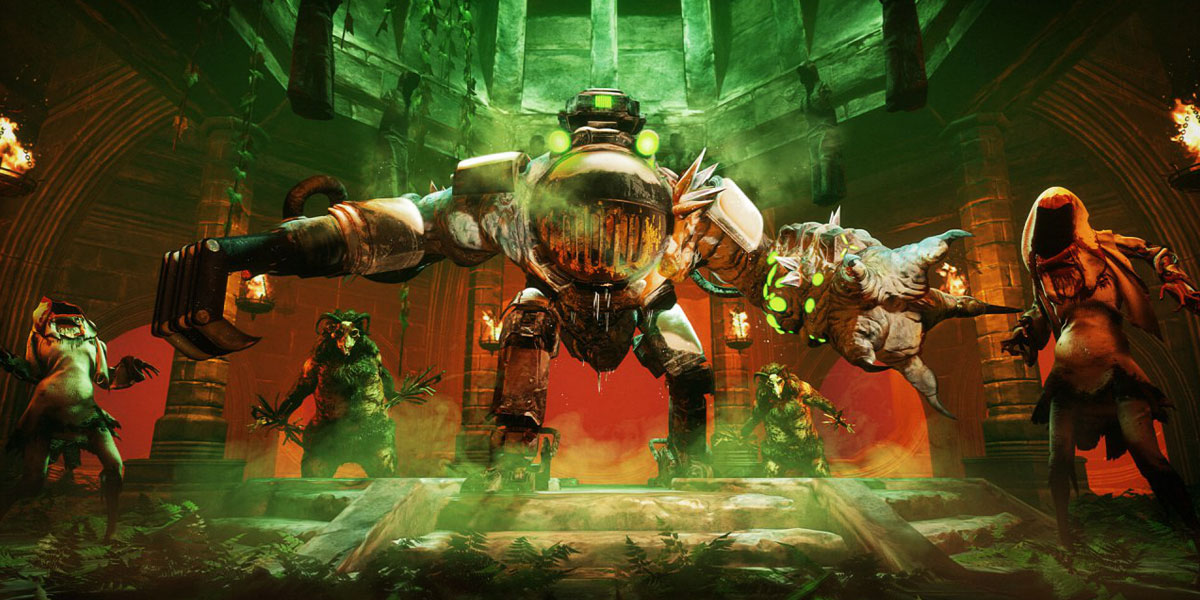
Killing Floor 2’s Yuletide Horror Update Lets the Slay Bells Ring
Get into the holiday spirit with your favorite zombie shooter.
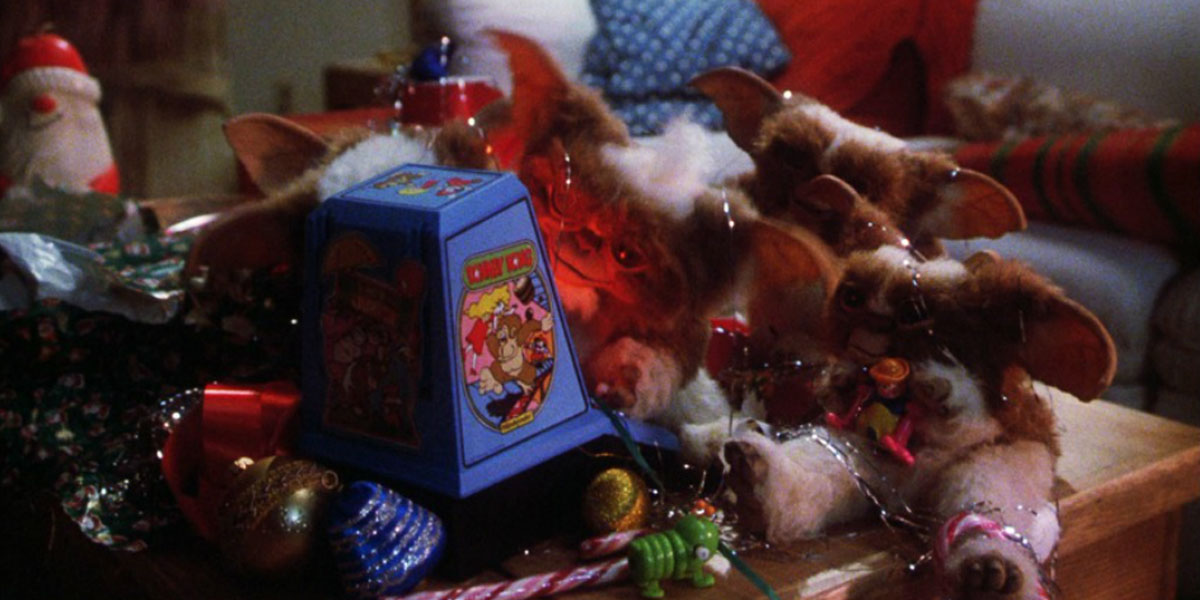
Our “Chop ‘til You Drop” 2019 Holiday Horror Gift Guide Has Arrived
As is tradition, the entire Dead Entertainment team has compiled our top picks for you.

Trailer: FX Readies Much Darker Adaptation of Charles Dickens’ A Christmas Carol
This isn’t your standard tale of Ebenezer Scrooge this holiday season.
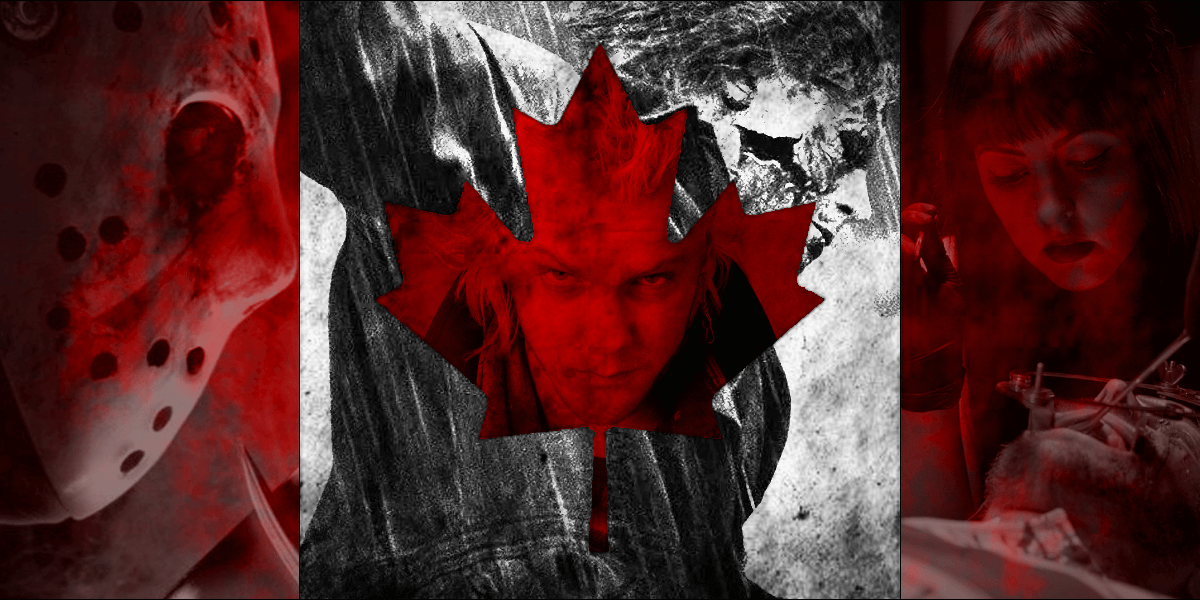
Canada Day 2019: Honoring Horror from the Great White North
It's time to set aside the maple syrup and hockey to explore some horror from north of the border.




